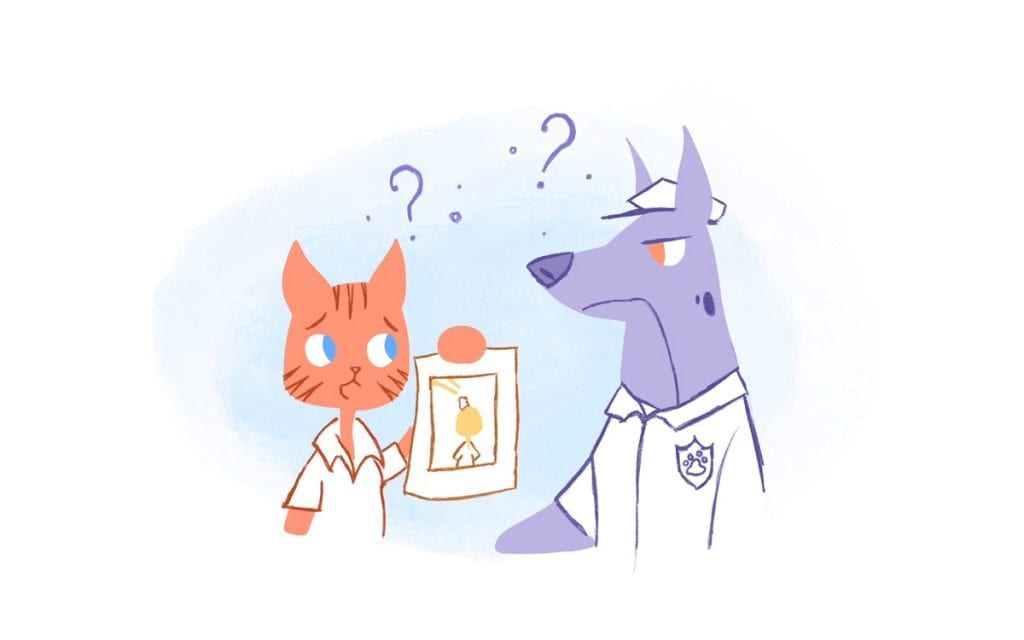

Transforming and optimizing businesses are just two of the many goals that processes and technologies are successfully crushing.
Take the quote, “A conspicuous failure,” for example. That’s one of the descriptions of what was a new-fangled invention of the late 19th century. What was the crazy contraption? Ironically, it was something that would end up changing the working world: The humble light bulb.
At the time, few people could conceive of the advantage of having access to bright lights 24/7. However, the light bulb helped make it possible for businesses to operate more effectively before dawn and after sundown.
In essence, that single “conspicuous failure” of an innovation became the springboard for massive efficiency.
It’s been more than 100 years since the invention of the light bulb, yet it remains a relevant example of how innovations, once accepted, quickly become normal aspects of business. The same thing happened with tablets. When they first came out, professionals weren’t sure how to use them effectively. But tablet makers had an inkling of their value and pressed on. Now, it’s hard to find an on-the-move sales representative who doesn’t use one daily.
The point is that while some of today’s emerging business innovations are bound for the fad drawer, others have serious staying power. The five listed here are already gaining more than a toehold in corporate circles.
1. Bundled financial services
Bundling is a large-scale process that is optimizing businesses in many industries, such as with over-the-top (OTT) entertainment providers. Bundled services aren’t limited to the likes of Netflix or Hulu, though. Financial players are looking for ways to bundle payment options as well.
Take fintech leader FIS as an example. FIS recently announced a bundled payments initiative with The Washington Nationals. Attendees can pay for anything from hot dogs to BetMGM Sportsbook wagers through a proprietary app. This experiment of making pay-as-you-go truly effortless and immediate has widespread implications for other businesses, including those in B2B circles. FIS is also supporting the Nationals’ cashless strategy by issuing branded per diem prepaid cards for its MLB and Minor League ballplayers, as well as other employees and seasonal workers.
Indeed, B2B companies have long been dealing with payment friction. Financial services such as enabling B2B clients to pay bills through text can help money move more smoothly between parties. Consequently, all stakeholders can get the benefit of improved cash flow functions and more positive transactional experiences.
2. Hyper-powered, cleaner data
Modern businesses run on data. Nevertheless, not all data is usable or easily interpreted. As a result, dirty data is estimated to cost companies upwards of $3 trillion annually. That’s a staggering amount of money to lose. Recapturing just a fraction of it could make an enormous impact on any organization.
In response to the need for cleaner data, plenty of startup ventures are engineering systems to address complex data challenges. Consider Dotmatics, a newly branded $200M ARR cloud software company which already works in the $19 billion Life Sciences R&D software market with 2 million scientists and 10,000 customers like BAS-F, Merck, and Novartis, and research universities like MIT and Oxford. The company is focused on helping research and development (R&D) teams get more from their data. The end goal is to reduce common R&D data-related holdups and potentially get life-changing medicines and therapies to the public faster.
Figuring out how to leverage data more effectively isn’t limited to the healthcare industry, either. Nearly every sector from manufacturing to tourism can benefit from being able to squeeze more juice out of their data pools.
3. Streamlined upskilling programs
Typically, it takes two years to earn an associate’s degree, four years for a bachelor’s degree, and so on. In a robust job market overflowing with eager candidates, that timeframe isn’t problematic. Unfortunately, the Great Resignation and other contributing factors have made it hard for employers to find talent. And those employers can’t afford to wait for years to fill open positions.
Innovators like Google are meeting this call by offering fast-tracked programs designed to disrupt the college degree. For instance, nationwide healthcare training platform Carrus is working with places like CVS and 3M to deliver tailored education programs. The designers of these programs designed them to help job applicants get up to speed on a menu of specialized skills rapidly. Already, more than 150 healthcare systems have joined Carrus in the hopes of enticing promising new performers into medicine.
Certainly, accelerated learning isn’t a new phenomenon. Nevertheless, it’s something that many have not tried in their career paths until now. If all goes well, businesses working hard to upskill applicants may find themselves with a cadre of well-trained leaders.
4. Bold VR/AR applications
People have associated virtual and augmented reality (VR/AR) with gaming for a long time. Now, they’re making their way into corporate circles as well. In fact, a few forward-leaning brands are looking for ways to differentiate from the competition through their use of VR/AR technology.
One case study of company-based VR/AR in action involves ExxonMobile. The global oil and gas corporation announced its intentions to train new hires at its Louisiana facility using virtual reality scenarios. Using this approach allows ExxonMobile to more efficiently and consistently educate personnel without requiring real-world spaces. Not only does that optimize business training budgets but it enables the corporation to immediately train anyone.
Other uses for VR/AR in business involve sales and marketing. A virtual headset experience could show a potential buyer how a product works. Or it could enable a customer to essentially walk through a “store” and pick up wanted items. Though not quite as mainstream as some other innovations, VR/AR seems to be hitting its stride with a projected three-quarters of a billion worth by 2025.
5. Blockchain-backed solutions
The average person generally associates blockchain with Ethereum and other types of cryptocurrencies. What they don’t realize is that blockchain has business applications, too. The reason lies in blockchain’s most basic attribute: Once created, a blockchain block — for all intents and purposes — cannot be modified or edited. In essence, it’s a “forever” transaction.
This opens the door for blockchain to become a trusted source of information for past transactions. Ford and IBM have tested blockchain as a way to track cobalt, a raw material used by automakers. Because it can verify all its cobalt’s true “footprint”, Ford hopes to ensure that the cobalt it purchases has been sourced responsibly.
So far, blockchain experiments on a corporate scale have been relatively limited to the world’s largest enterprises. Nonetheless, blockchain ledgers have the capacity to shake up corporate processes thanks to their immutability.
What Innovations Are Coming Next?
The past is typically a rather good predictor of the future. Consequently, it’s highly probable that the aforementioned innovations that seem somewhat novel now will soon become established technologies, tools, and systems. At that point, innovations that are just nipping at the fringes of business, such as the metaverse, will be replacing them.
Though not yet an innovation with much momentum in the corporate realm, the metaverse is an enticing environment with hints of promise. Harvard Business Review recently noted that Nvidia, a tech company, is promoting the metaverse as the ideal ground for realistic simulations. The same piece noted that Nike has begun filing metaverse-focused patents.
These are all exciting developments, not to mention ones that deserve to be followed. But the question remains: Will the metaverse help businesses get leaner or more optimized? The jury, as they say, is still out on the answer. Nevertheless, if the metaverse takes hold, companies will want to explore its full potential.
From bundling to blockchain, the innovations optimizing businesses today are extensive and exciting. Who knows? Time will tell whether or not the metaverse or some other innovation becomes a defining “light bulb” moment for the next generation of working.
Image Credit: ThisIsEngineering; Pexels; Thanks!











Deanna Ritchie
Editor-in-Chief at Calendar. Former Editor-in-Chief, ReadWrite, Editor-in-Chief and writer at Startup Grind. Freelance editor at Entrepreneur.com. Deanna loves to help build startups, and guide them to discover the business value of their online content and social media marketing.